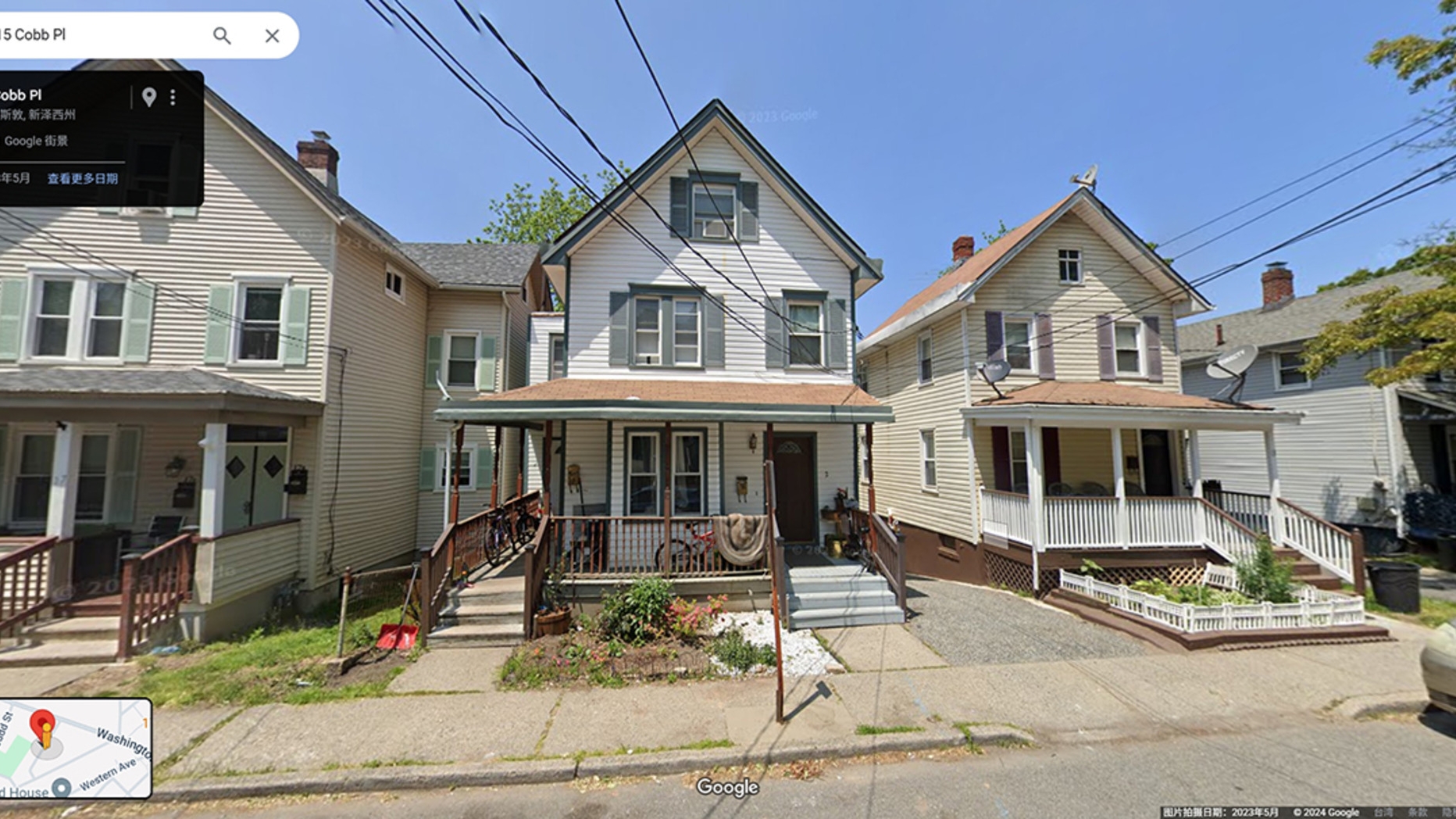Dan Lu | Richard Grubb & Associates, Inc.
Philadelphia, PA

Screenshots of buildings in Morristown, used for description writing. Image Source: Google Street View
Stuart Weitzman School of Design
102 Meyerson Hall
210 South 34th Street
Philadelphia, PA 19104

Screenshots of buildings in Morristown, used for description writing. Image Source: Google Street View
This summer, I had the pleasure of interning at Richard Grubb & Associates, Inc. (RGA), a cultural resource consulting firm specializing in archaeological, historic preservation, and GIS services across multiple projects. RGA operates from four offices spanning three states. My internship was based at the Philadelphia office, situated within the Bok commercial office complex, a historic building known for its adaptive reuse. During my seven-week internship, I was primarily involved in the development of a cultural resource database for Morristown, New Jersey, based on the ArcGIS platform. This database, built upon surveys conducted by multiple generations of researchers, including government entities, aims to create an online, interactive inventory accessible to the public. My responsibilities focused on the visual representation of streetscapes and buildings, including drawing, modifying, and refining these visualizations, as well as authoring detailed architectural descriptions for each building as part of the data entry process.
After completing the mapping and data entry for a full streetscape, I expanded my work to include area and point mapping for additional streetscapes and buildings, ensuring the accuracy and verification of all graphic data. For the architectural description part, I not only completed the writing for all buildings within three streetscapes of the database but also contributed to the descriptions of several buildings in a separate research project along a rail transit corridor in Maryland. Both projects also required historical research via tax records, historical maps, and aerial images. Throughout the internship, I applied the ArcGIS skills acquired in HSPV 6240 and 6270 Digital Media courses, alongside relevant undergraduate experience. Of particular importance was the application of historical research techniques and architectural description writing developed in HSPV 6000 Documentation, Research, and Recording class. I consistently referred to McAlester’s A Field Guide to American Houses as my primary resource for architectural styles and description writing, and utilized Sanborn maps to determine the construction dates of buildings. This internship significantly enhanced my proficiency in conducting research using historical maps and aerial images, and deepened my understanding of various architectural styles across the United States, spanning from the Victorian era to the modern Craftsman period.
I have been very fortunate to meet and collaborate with my professional colleagues, and have had the privilege of participating in a department’s training on railroad survey at the New Jersey State Archives, even though it was not directly related to my main responsibilities. During the training, I was introduced to the documents of the railway companies for the first time, as well as the historical resources and preservation efforts related to transportation corridors, which are not widely known. Reflecting on my time at RGA, I am deeply grateful for the enriching experience this internship offered. It provided me with a valuable insight into the professional world, and with the new school year approaching, I now have a clearer sense of my goals and direction. I sincerely appreciate the support, patience, and kindness of my RGA colleagues, all of which have played a significant role in my personal and professional development.